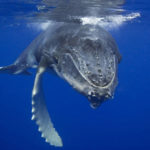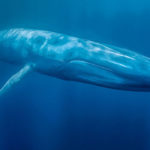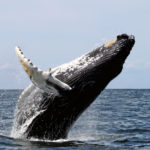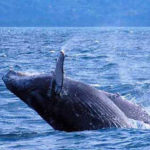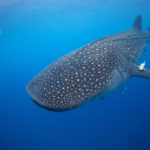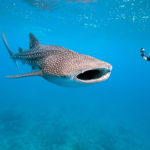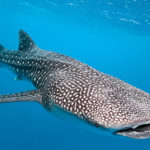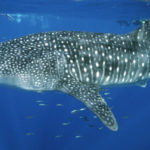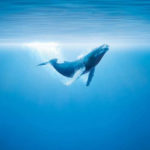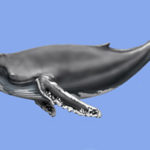Blue whales – information
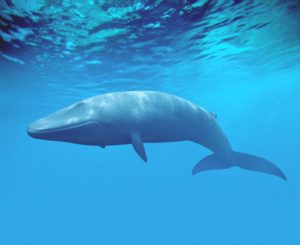 The blue whale is the largest living thing on earth. The weight of the whale’s tongue is comparable with the weight of an elephant, and the size of the heart – with the size of the machine.
The blue whale is the largest living thing on earth. The weight of the whale’s tongue is comparable with the weight of an elephant, and the size of the heart – with the size of the machine.
Despite its size, the whale eats the smallest marine shrimp – krill. On a day, one whale can eat up to 36,000 kg of krill, which whales are collected at a depth of approximately 500 m.
Although the whale feeds on the depth, it is still a mammal and needs to climb to the surface to breathe. On the surface of the whale blows a fountain up to 9 m high.
The speed of whales reaches up to 30 km / h.
Swim whales often alone or in pairs and rarely form small groups.
Despite the fact that we do not hear whales, blue whales are the loudest animals on the planet. They communicate with each other with a set of short pulses, and can hear each other at a distance of up to 1600 km. There is an assumption that whales publish these sounds not only for communication, but also for navigation in the ocean.
The female of the blue whale can bear a child only once every three years and the pregnancy lasts 11-12 months. Usually one baby is born – weighing up to 27000 kg and length up to 8 m. Mom helps the newborn to take the first breath of air. The baby drinks more than 600 liters of milk a day and picks up 90 kg per day.
It is believed that whales have emotions.
The blue whale is included in the red book. To date, there are only 10,000 – 25,000 individuals of blue whales in the world’s oceans.


